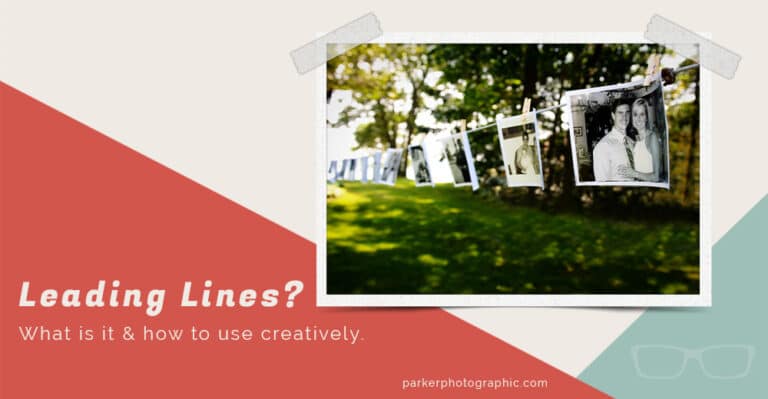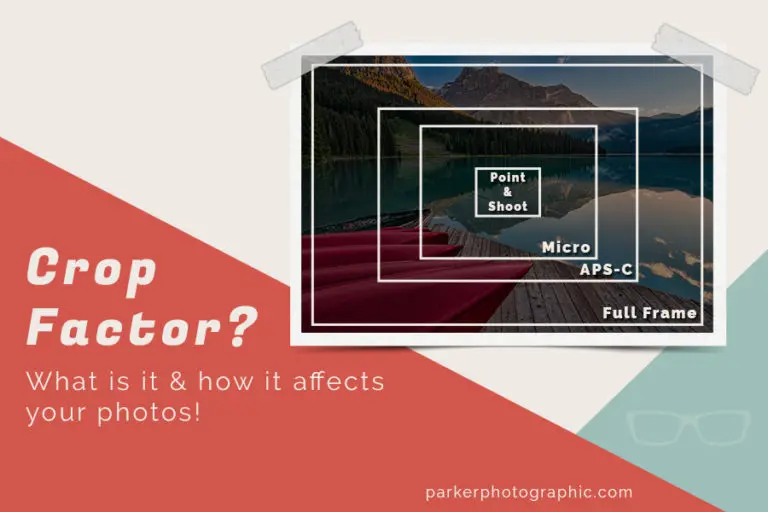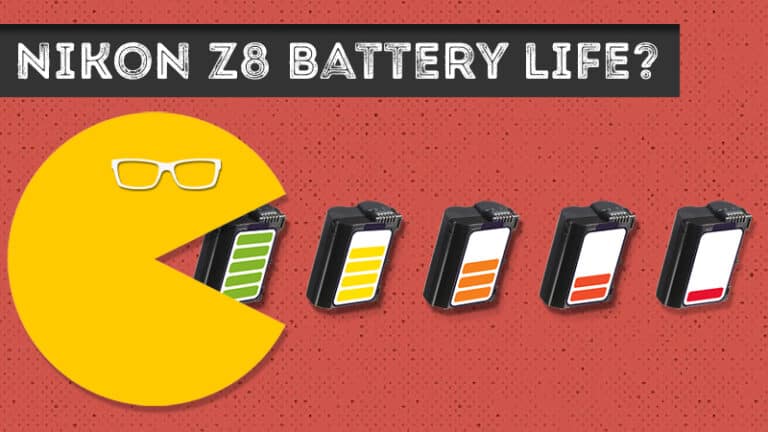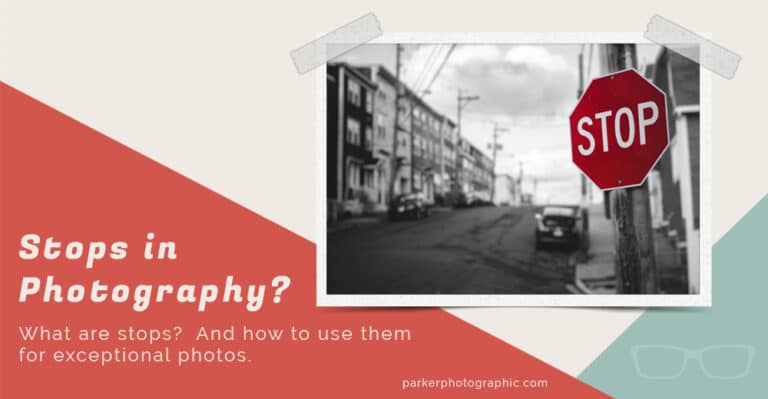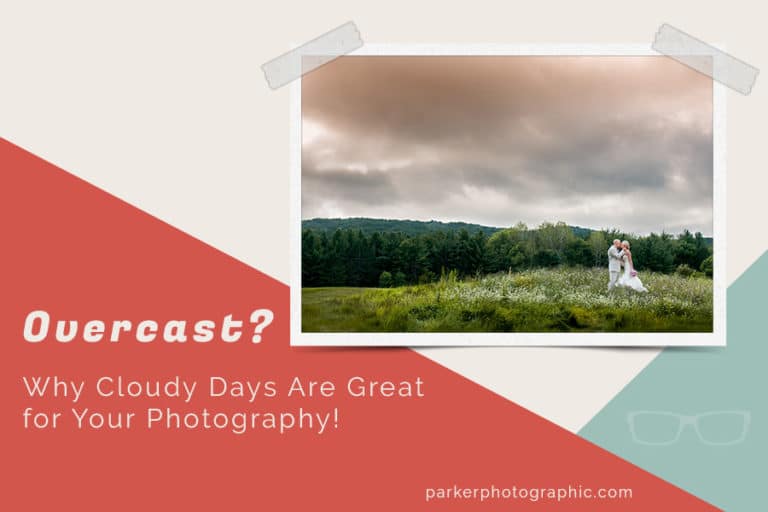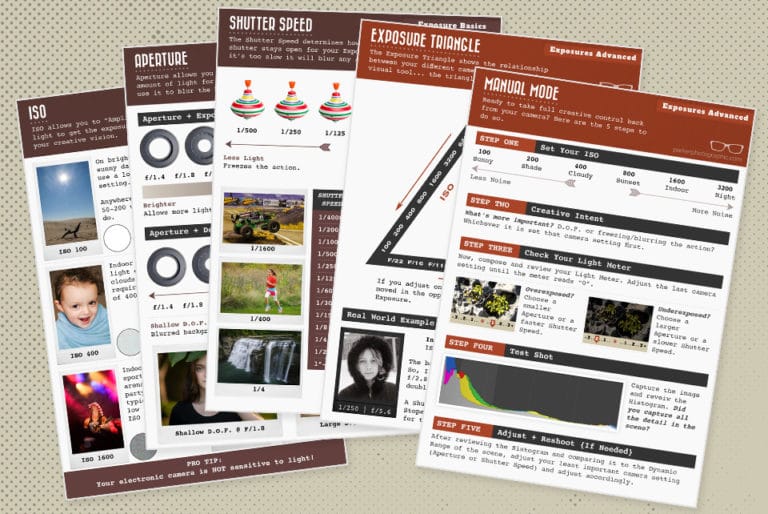How To Use the Rule of Odds In Photography For Exceptional Images
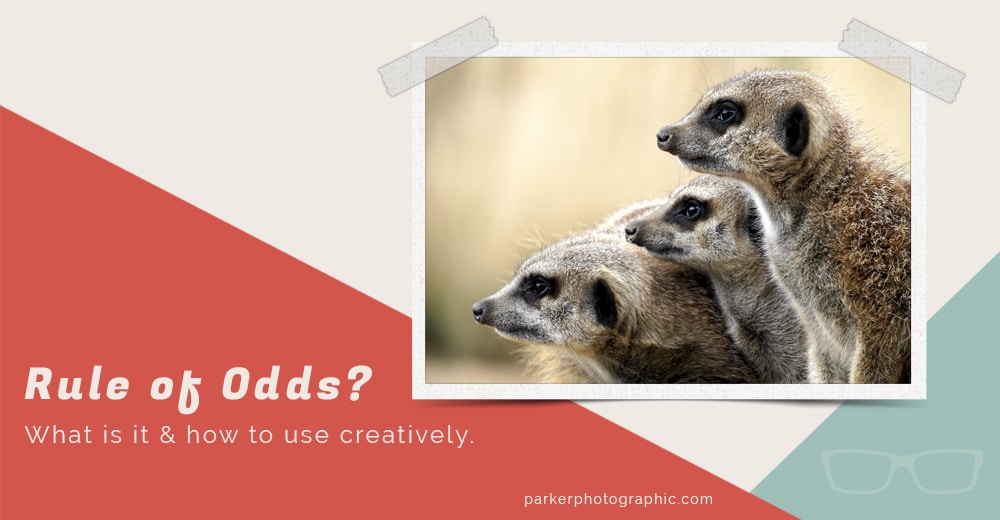
Photo by Mike
“Exceptional photos are created not taken.”
There are many different types of composition rules and techniques you can use to create exceptional images. The photography composition rule you’ll learn about in this article is an odd one if I do say so myself… it’s called the Rule of Odds.
Today, you’ll discover what the Rule of Odds composition technique is all about and how to use it for making spectacular images.
If you’re ready to learn all about the Rule of Odds so you can begin using it in your own photography, let’s get started.
Table of Contents
What Exactly Is The "Rule of Odds"?
The rule of odds in photography is not as popular as some other composition techniques.
That’s because it’s a little bit more challenging. You have to be on the lookout for specific things to take advantage of the Rule of Odds.
In essence, you include an odd number of subjects in your photography composition vs. an even number.
When a frame includes an even number of subjects, like two or four, your brain tends to organize the subjects into pairs, which can make your compositions look a bit dull.
When you use the rule of odds to place one main subject in the frame, your eyes will naturally fall to a middle subject with two other supporting subjects.
This provides your photo a focal point. Hence, using the Rule of Odds in your image is a great way to direct your viewer’s eye to the photo’s point you want them to focus on.
In the event, your scene has many elements or an even number, you can arrange them into groups that equal an odd number.
The Theory Behind the Rule of Odds
It is said (by whom I don’t know) that our brains are wired to sort out even numbers into competing groups.
An even number becomes distracting due to our mind not knowing which element is more critical. Our eyes will dart between the two, and we’ll lose interest.
It gets a lot more complicating (for our brains) when there are 4, 6, 12, or more elements.
When you group a large number of even elements into smaller groups of 3 or 5, it balances the photograph and makes it easier on our brain. 3 or 5 is more effective in creating a robust and balanced composition. It’s also easier on the eyes of your viewer and creates harmony with their brain.
You could also do 7 elements. But, beyond 7, our eyes get tired and lose focus.
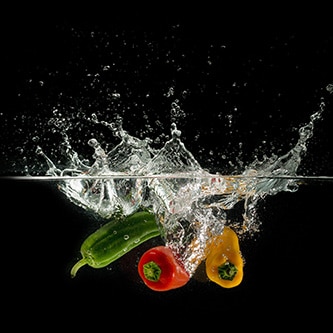
Three is the minimum required to meet the “rule of odds.”
How To Compose Your Elements
Your approach to using the Rule of Odds in your photography might be different based on your niche.
Although the basic rules apply, you may want to arrange the elements in your scene differently, depending on what you’re photographing.
Let’s look at using the Rule of Odds for different types of photography. Oh, and we’ll discover when not to use this composition technique too!
Family Portraits
Photographing a new family, with the Rule of Odds, is easy when it’s just the parents and their only child. But what about a family of four? Per the rule, four is unpleasant to the eye!
With a family of 4, 6, 8, or more is when you’ll arrange them, for your composition, into groups. Here are some ideas…
a Family of Four
Arrange into two groups with 3 in one and 1 in the other. This seems “odd,” doesn’t it?
The single person could be doing something… like throwing a tantrum, gazing at the other three, jumping, have a specific expression, etc.
This could also fall under the Juxtaposition composition technique.
a Family of Six
Organize into two groups of three.
Or place 5 in one group and the last person in their own group (see photograph to the right).
a Family of Eight
Arrange into two groups. The first with 3 and 5 in the other.
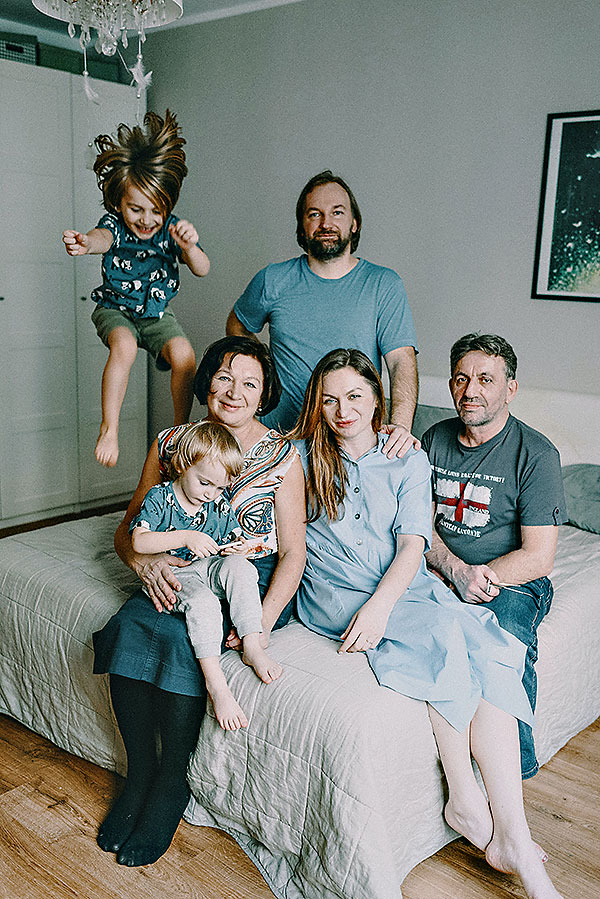
Photo by: Ksenia Cheraya
Wedding Photography
After 15 years and 500 weddings later, I never once considered using the Rule of Odds in any wedding image.
But, there might be an instance or 2 when this rule could be helpful.
For example, a wedding party can have as few as two up to 100+. Yes, I once had a wedding party that included over 100. It was insane.
Anyway, you could arrange a group of 14 (including the bride and groom) into groups with an odd number. Let’s say a group of three: one group of the happy couple, another of the groomsmen, and a third of the bridesmaids.
Another idea would be to split up the bride and groom’s parents, plus the couple into three different groups. As portrayed by the photograph to the right.
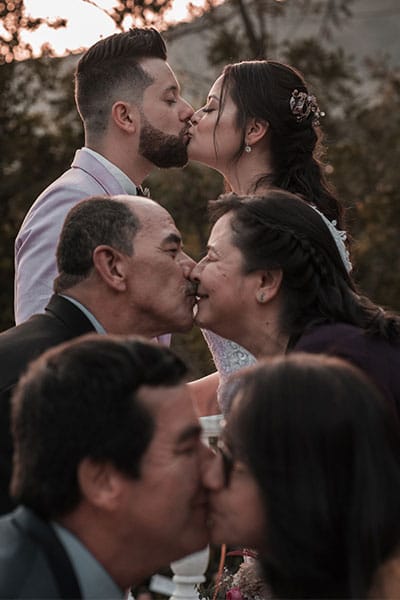
Photo by: Cleyder Duque
Engagement Portraits
100% of all engagement sessions I’ve done involved two subject (s)… the bride-to-be and the groom-to-be. That’s it. Two is not an odd number!
So, how do you use the Rule of Odds for this type of session? You don’t.
I guess if you had a situation where the groom-to-be was really (really) close to his mom, you could do something creative with this rule. But that would be a really odd image. Wouldn’t you agree?
Does the following image fall under this compositional technique? Not really. The mural is canine vs. human.
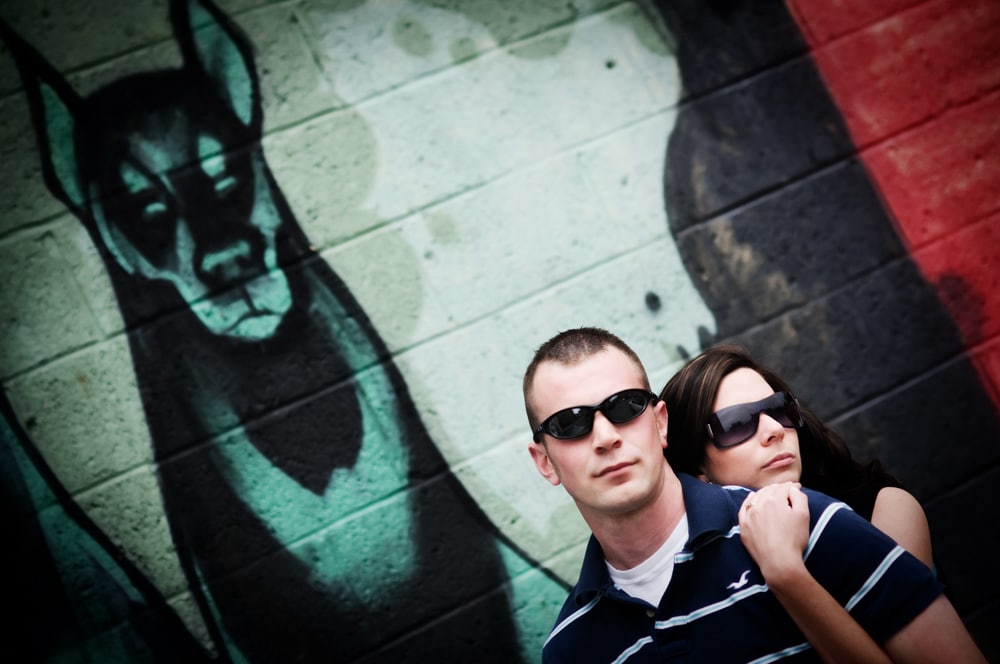
Photo by Chris Parker. Kinda looks like street photography. But, not quite.
Landscape Photography
Using the Rule of Odds as a landscape photographer is going to require a
subconscious effort to discover three, five, or more of the same subject to apply this rule.
Finding three subjects will be more accessible vs. five. More than five is going to be a monumental task.

Monument Valley Photograph by Unknown. Nice use of the Rule of Thirds, though.
Wildlife Photography
Patience is a virtue. Even more so when you’re a wildlife photographer trying to utilize the Rule of Odds. Finding animals in pairs and large groups is going to be easier vs. groups of three or five.
Plus, re-arranging large groups into a manageable number of subjects is going to be impossible. With a little patience and some luck, you may be able to apply this photography rule for your next photo.
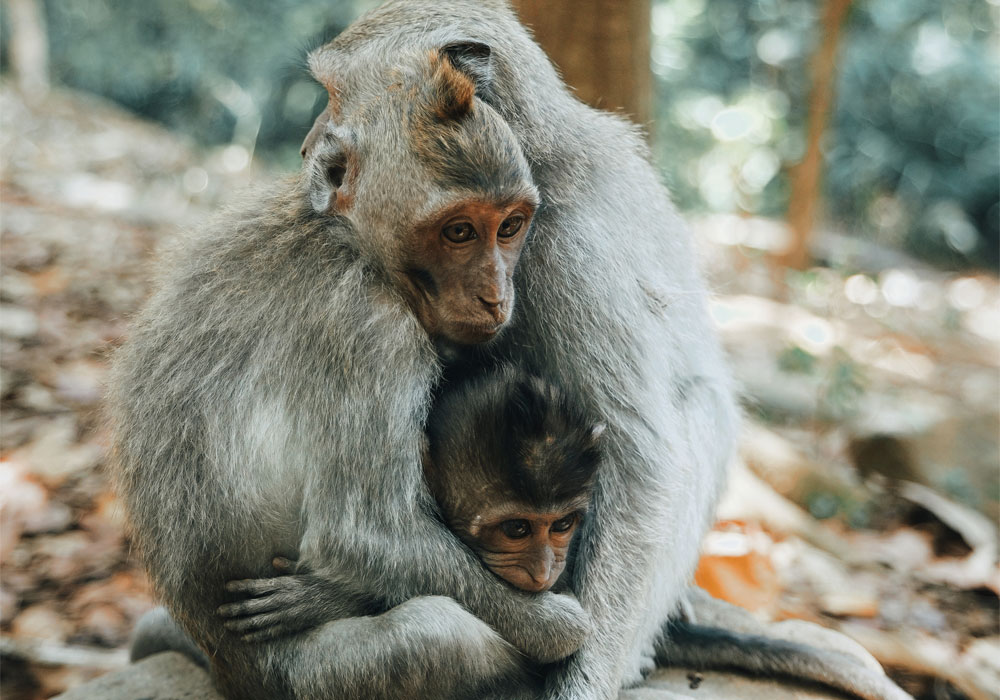
Photo by Aleksey Kuprikov
Food Photography
Chocolate… mmmm… three is better than one!
When it comes to food photography, sometimes more than one can tantalize your viewer’s taste buds. More than three can be overwhelming to our senses.
It all depends on the type of food too. You wouldn’t want three or five bowls of soup. One is sufficient. You could have supporting elements in groups of three or five… raw ingredients, seasoning, etc.
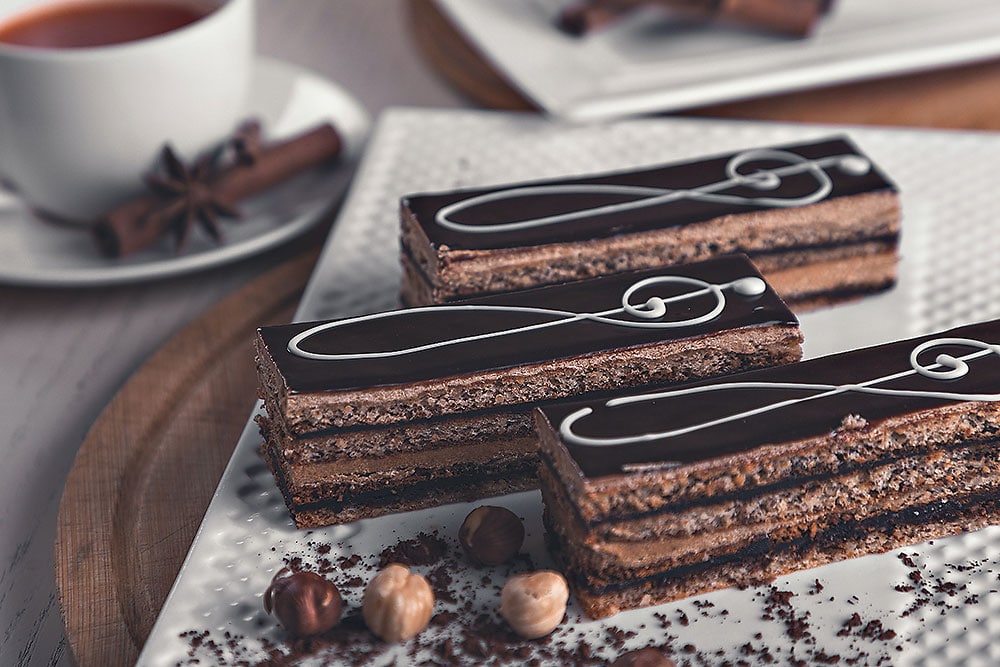
Still life photo by Dima Valkov
Practice Composing For the Rule of Odds
Still life photography is a great way to practice the Rule of Odds. Especially when you’re stuck at home.
Maybe it’s a rainy day, or you’re quarantined. Either way, find any small objects and collect them in three or five.
Here are a few ideas to get you started: pencils, lens filters, batteries, stones, light bulbs, media cards, fruit, etc..
Keep It Simple
Now that you have your subjects, how are you going to arrange them for your composition?
Let’s check out a recent photoshoot in my kitchen, with some raspberries, for some composition ideas…
A Straight Line

If you live in a part of the world where you read right to the left, then you’ll naturally see the grapes from right to left! And for those that have been trained to read Hieroglyphs written from top-down (read from top-down)… well, sorry.
It doesn’t get any simpler than a straight line.
Our eyes will notice the middle raspberry first. Then, our eyes will naturally move to the first raspberry on the left and will drift to the right out of habit. Once we reach the end, our eyes go back to the left.
Back and forth, our eyes will go when it ends nobody knows. This is a hallmark of a strong composition. One that captures our viewers’ attention, and they can’t let go.
Ok, I may be pushing the “can’t let go” a bit with raspberries! But, you get the idea.
Make a Triangle

Grouping 3, 5, or 7 elements into a triangle shape can itself create a strong composition.
I’m also utilizing the “space” and “rule of thirds” rules of composition for this image.
Change Your Perspective

The most cost-effective method for capturing unique photos is changing your perspective! Fancy camera gear need not apply. All you have to do is change your position.
Shoot from above, the side or the same level are three easy ways to change perspective.
Paint With Light

Instead of natural light, I used a studio strobe. The quality of light is different and provides a different visual effect.
The shadows themselves add additional interest to pique a viewer’s attention.
Change the DOF
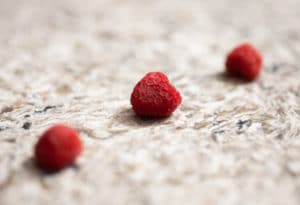
Creating depth is simple when you use a shallow depth of field.
Although the subject (s) are not clearly visible, our eyes can still process each subject.
Now What?
I always say that photography rules are meant to be broken. They’re not written in stone. But, rules help guide you in making a stronger, more balanced composition.
Rule of Odds Composition Tips:
- For a more powerful composition, try combining 2 or more composition rules.
- For some types of photography, this rule may not be the best composition technique
- For some types of photography, patience and luck will be vital for using this technique
Like this article? If so, please share!



